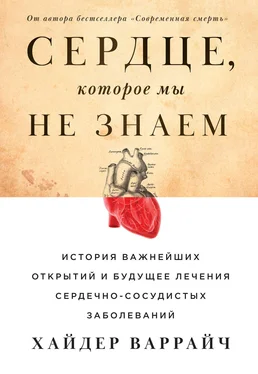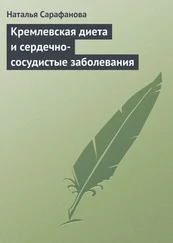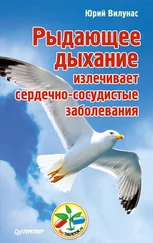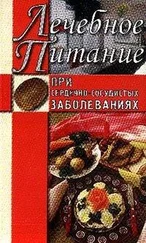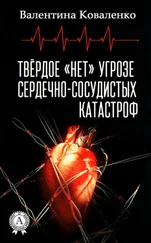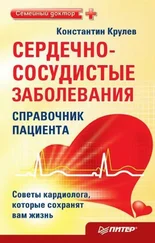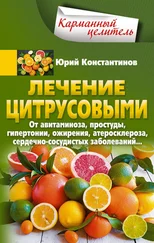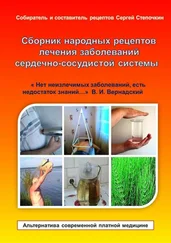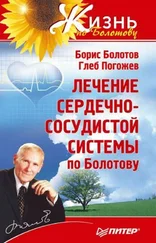Hoffman J. I., Kaplan S. The Incidence of Congenital Heart Disease. Journal of the American College of Cardiology. 2002;39:1890–900.
National Wildlife Foundation. Animals Really Do Have Heart. http://blog.nwf.org/2013/02/amazing-animal-hearts/.
Woods H. A., Lane S. J., Shishido C., Tobalske B. W., Arango C. P., Moran A. L. Respiratory Gut Peristalsis by Sea Spiders. Current Biology. 2017;27: R638–9.
Ross J., Jr., Braunwald E. Aortic Stenosis. Circulation. 1968;38:61–7.
Cribier A., Savin T., Saoudi N., Rocha P., Berland J., Letac B. Percutaneous Transluminal Valvuloplasty of Acquired Aortic Stenosis in Elderly Patients: An Alternative to Valve Replacement? Lancet. 1986;1:63–7.
Cribier A., Eltchaninoff H., Bash A., et al. Percutaneous Transcatheter Implantation of an Aortic Valve Prosthesis for Calcific Aortic Stenosis: First Human Case Description. Circulation. 2002;106:3006–8.
Osler W. The Evolution of Modern Medicine. New Haven: Yale University Press; 1921.
Sprunt W. H. Imhotep. New England Journal of Medicine. 1955;253:778–80.
Haas L. F. Papyrus of Ebers and Smith. Journal of Neurology, Neurosurgery, and Psychiatry. 1999;67:578.
Sprunt. Imhotep.
Willerson J. T., Teaff R. Egyptian Contributions to Cardiovascular Medicine. Texas Heart Institute Journal. 1996;23:191–200.
Boisaubin E. V. Cardiology in Ancient Egypt. Texas Heart Institute Journal. 1988;15:80–5.
Saba M. M., Ventura H. O., Saleh M., Mehra M. R. Ancient Egyptian Medicine and the Concept of Heart Failure. Journal of Cardiac Failure. 2006;12:416–21.
Heberden W. Some Account of Disorder of the Breast. Medical Transactions. The Royal College of Physicians of London. 1772;2:59–67.
Hajar R. Coronary Heart Disease: From Mummies to 21st Century. Heart Views. 2017;18:68–74.
Saba, Ventura, Saleh, Mehra. Ancient Egyptian Medicine.
Ritner RK. The Cardiovascular System in Ancient Egyptian Thought. Journal of Near Eastern Studies. 2006;65:99–109.
Arikha N. Passion and Tempers: A History of the Humors. New York: Ecco; 2007.
Ranhel A. S., Mesquita ET. The Middle Ages Contributions to Cardiovascular Medicine. Brazilian Journal of Cardiovascular Surgery. 2016;31:163–70.
Masic I. On Occasion of 800th Anniversary of Birth of Ibn al-Nafis – Discoverer of Cardiac and Pulmonary Circulation. Medical Archives. 2010;64:309–13.
Abdel-Halim R. E. The Role of Ibn Sina (Avicenna)’s Medical Poem in the Transmission of Medical Knowledge to Medieval Europe. Urology Annals. 2014;6:1–12.
Loukas M., Lam R., Tubbs R. S., Shoja M. M., Apaydin N. Ibn al-Nafis (1210–1288): The First Description of the Pulmonary Circulation. American Surgeon. 2008;74:440–2.
West J. B. Ibn al-Nafis, the Pulmonary Circulation, and the Islamic Golden Age. Journal of Applied Physiology. 2008;105:1877–80.
Aird W. C. Discovery of the Cardiovascular System: From Galen to William Harvey. Journal of Thrombosis and Haemostasis. 2011;9 Suppl 1:118–29.
Там же.
Osler W. Tercentenary of the Death of William Harvey 1. The Growth of Truth. British Medical Journal. 1957;1:8 1–1263.
Lubitz S. A. Early Reactions to Harvey’s Circulation Theory: The Impact on Medicine. Mount Sinai Journal of Medicine. 2004;71:274–80.
French R. William Harvey’s Natural Philosophy. Cambridge, UK: Cambridge University Press; 1994.
Lubitz. Early Reactions.
Erickson R. The Language of the Heart, 1600–1750. Philadelphia, PA: University of Pennsylvania Press 1997.
Benjamin E. J., Virani S. S., Callaway C. W., et al. Heart Disease and Stroke Statistics-2018 Update: A Report From the American Heart Association. Circulation. 2018;137: e67-e492.
President Eisenhower’s $14 Billion Heart Attack. 2016. www.ozy.com/flashback/president-eisenhowers-14-billion-heart-attack/65157.
Lasby C. G. Eisenhower’s Heart Attack: How Ike Beat Heart Disease and Held On to the Presidency. Lawrence, KS: University Press of Kansas; 1997.
Bentzon J.F, Otsuka F., Virmani R., Falk E. Mechanisms of Plaque Formation and Rupture. Circulation Research. 2014;114:1852–66.
Strong J. P., Malcom G. T., McMahan C.A., et al. Prevalence and Extent of Atherosclerosis in Adolescents and Young Adults: Implications for Prevention from the Pathobiological Determinants of Atherosclerosis in Youth Study. Journal of the American Medical Association. 1999;281:727–35.
Giuseppe Zoccai, Mariangela Peruzzi, Enrico Romagnoli. Is the Pathophysiology of Plaque Injury in Acute MI Changing? Revisiting Plaque Erosion vs. Rupture. 2016. www.acc.org/latest-in-cardiology/articles/2016/02/26/09/34/is-the-pathophysiology-of-plaque-injury-in-acute-mi-changing.
Stefanadis C., Antoniou C. K., Tsiachris D., Pietri P. Coronary Atherosclerotic Vulnerable Plaque: Current Perspectives. Journal of the American Heart Association. 2017;6.
Milton K. Back to Basics: Why Foods of Wild Primates Have Relevance for Modern Human Health. Nutrition. 2000;16:480–3.
Pijl H. Obesity: Evolution of a Symptom of Affluence. Netherlands Journal of Medicine. 2011;69:159–66.
Fish J. L., Lockwood C. A. Dietary Constraints on Encephalization in Primates. American Journal of Physical Anthropology. 2003;120:171–81.
The Oldest Homo Sapiens Yet. Economist. June 10, 2017.
Neel J. V. Diabetes Mellitus: a “Thrifty” Genotype Rendered Detrimental by “Progress”? American Journal of Human Genetics. 1962;14:353–62.
Stern M. P. Diabetes and Cardiovascular Disease. The “Common Soil” Hypothesis. Diabetes. 1995;44:369–74.
Fernandez-Real J.M., Ricart W. Insulin Resistance and Inflammation in an Evolutionary Perspective: The Contribution of Cytokine Genotype/Phenotype to Thriftiness. Diabetologia. 1999;42:1367–74.
Wells J. C. Ethnic Variability in Adiposity and Cardiovascular Risk: The Variable Disease Selection Hypothesis. International Journal of Epidemiology. 2009;38:63–71.
Warraich H. J., Javed F., Faraz-Ul-Haq M., Khawaja F.B, Saleem S. Prevalence of Obesity in School-Going Children of Karachi. PLOS ONE. 2009;4: e4816.
Thomas G.S, Wann L.S, Allam A. H., et al. Why Did Ancient People Have Atherosclerosis?: From Autopsies to Computed Tomography to Potential Causes. Global Heart. 2014;9:229–37.
Читать дальше
Конец ознакомительного отрывка
Купить книгу
